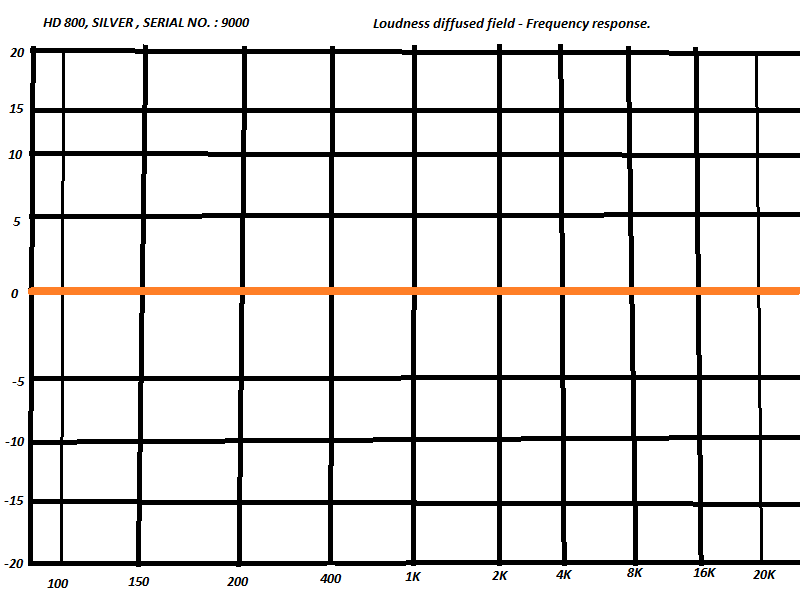SekRF
New Head-Fier
- Joined
- Jan 2, 2007
- Posts
- 10
- Likes
- 0
i didn't know the hd800 were diffused field...

I'm not very knowlagable on this topic, but isn't 'Diffuse field' refering to the recording method in this context?
I took it as meaning: "Recored frequency response of the driver with the surrounding earpiece around it - Diffuse field" - as opposed to the FR of the driver alone.
For that matter, is there such thing as a 'Free field' headphone anyway? (genuine question, I've managed to confuse myself...)
...The HD800's legendary spike is up around 6k...
Originally Posted by Anaxilus /img/forum/go_quote.gif
...HD800s using this mod w/ the supposed 6k nastiness...
Originally Posted by Currawong /img/forum/go_quote.gif
...have a slightly hotter treble in the 6k range...
Originally Posted by Danz03 /img/forum/go_quote.gif
...one needs to cut the HD800's 6k spike...
Originally Posted by Skylab /img/forum/go_quote.gif
...That is a very noticeable peak of almost 8db at 6 kHz...

I am curious if the frequency fluctuation is engineered into the design (as in: "later vs earlier" versions) or if this is just the result of normal manufacturing variation.
Won't the actual peaks in the output depend a lot on the source? i.e., if the source is distorting the peaks in the 6 kHz -- 9 kHz range (or wherever) this seems it would have a much larger effect than variation in HD800 manufacturing.

I'm not very knowlagable on this topic, but isn't 'Diffuse field' refering to the recording method in this context?
I took it as meaning: "Recored frequency response of the driver with the surrounding earpiece around it - Diffuse field" - as opposed to the FR of the driver alone.
For that matter, is there such thing as a 'Free field' headphone anyway? (genuine question, I've managed to confuse myself...)
Nope, it's also the technique used to voice the FR of the driver. Etymotics does the same. Whether diffuse-field is the last word on the matter is another debate altogether. Have a read.
http://www.etymotic.com/technology/hwmra.html

